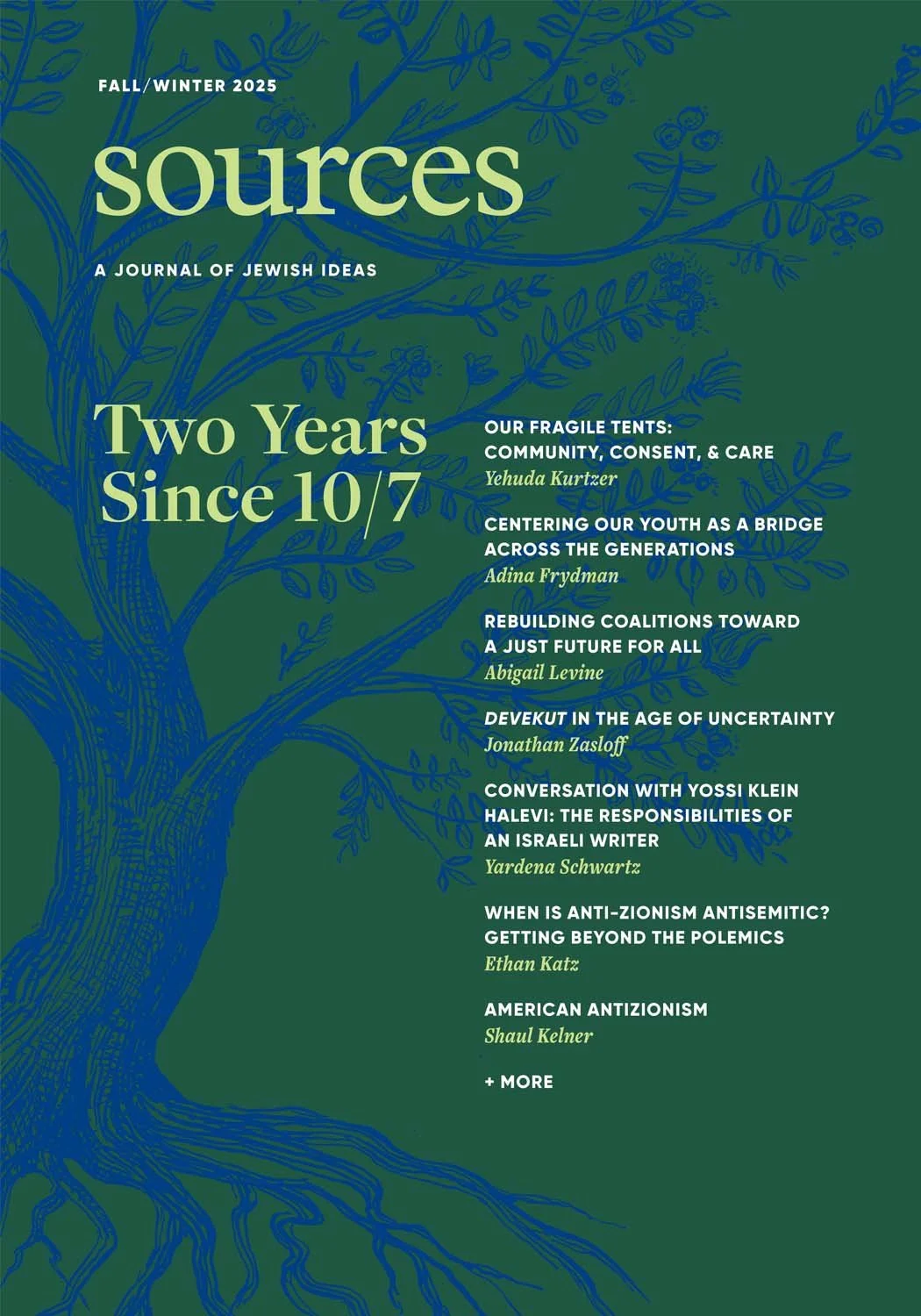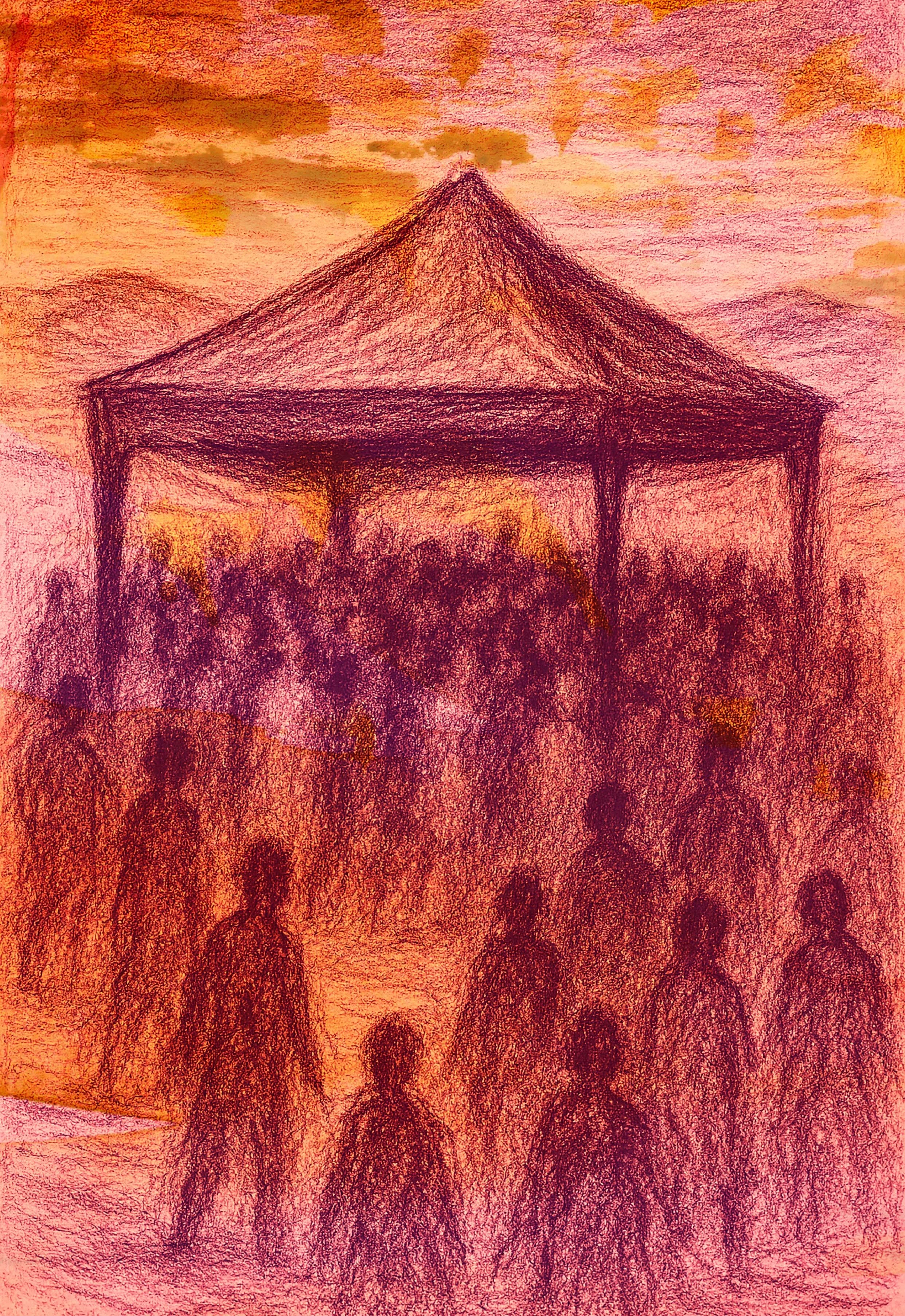Home and History
Nancy Sinkoff
Nancy Sinkoff is professor of Jewish studies and history and academic director of the Allen and Joan Bildner Center for the Study of Jewish Life at Rutgers University. Her book From Left to Right: Lucy S. Dawidowicz, the New York Intellectuals, and the Politics of Jewish History (Wayne State University Press) won the 2020 Natan Notable Book Award and the 2020 National Jewish Book Award for best biography.
BOOKS
Conscious History: Polish Jewish Historians before the Holocaust
By Natalia Aleksiun
Littman Library of Jewish Civilization, 380 pages, $59.50
We can encounter the past because historians publish books and articles, work with education commissions, create syllabi, and teach. But what happens when historians are silenced by history itself?
During a visit to the Okopowa Jewish cemetery in Warsaw, I noticed among a mosaic of broken tombstones a pink granite plaque for Jerzy Finkelkraut (1892 Warsaw–1940 Katyń). Finkelkraut was murdered in 1940 in the Katyń forest in Russia’s northwest not as a Jew but as a Pole, a member of the officer corps who were considered bitter enemies of the Soviet motherland.
In that dreadful spring, with occupied Poland now divided between Germany and the USSR, the Soviet secret police (NKVD) rounded up thousands of commissioned and non-commissioned Polish officers, 800 physicians, and hundreds of lawyers, engineers, and clergy members of all faiths, and without trial sentenced them to death. On the orders of a memo written by Lavrentiy Beria, head of the secret police, and signed by Stalin, these 26,000 men were shot.
Largely forgotten among the murdered were 700–800 Jewish patriots of Poland like Jerzy Finkelkraut. After the Holocaust, which claimed three million Polish Jewish lives, few survivors remained to tell the story of interwar Polish Jews who were at home in the Second Republic as Poles and as Jews. The plaque at Okopowa confronts us with the erasure of these proud Jewish soldiers of Poland, but their omission speaks to an even greater gap in our historical knowledge.
Poland’s modernity begins with its end: the partitions of the late 18th century. The lack of political sovereignty did not silence Polish historians, ethnographers, philologists, pedagogues, poets, and novelists who sought to ensure the Polish nation’s survival by cultural means. Jews had internalized this strategy of national cultural cultivation since the destruction of the Second Temple. But modern historical writing, as opposed to exegesis of sacred texts, was a new genre, inaugurated by university-educated Prussian Jews. Any student of Jewish history will know the names of Isaac Marcus Jost (1793–1860), Leopold Zunz (1794–1886), and Heinrich Graetz (1817–1891), the founders of Wissenschaft des Judentums, the modern academic study of the Jews. Modern Polish Jewish historians, too, were victims of the dismemberment of the sovereign country in which their people had lived for a thousand years. But who knows their names?
“Modern historical writing, as opposed to exegesis of sacred texts, was a new genre.”
Natalia Aleksiun’s important new book, Conscious History: Polish Jewish Historians Before the Holocaust, restores the history of Polish Jews who, like their German and Russian peers, turned to historical writing to express their modern Jewish identities. History writing became a national mission for several generations of modern Polish Jews who were driven to assert their belonging in Poland while remaining Jewish. In this collective biography, Aleksiun, professor of modern Jewish history at Touro College, gives voice to these largely unknown historians who may have doubted the efficacy of their enterprise but never their right to undertake it.
Many scholars assume that the baton of history writing was passed directly from Prussia to Russia, bypassing the lands between, landing in the hands of brilliant Russian Jewish autodidact Simon Dubnow (1860–1941). His now-famous manifesto, “On the Study of the History of Russian Jews and the Establishment of a Historical Society,” is often seen as the first to exhort Jews to write a national history as a secular substitute for the consciousness created by the religious tradition.
But the Jews of Austrian Galicia, who read German historical works and read and contributed to the Hebrew didactic journals of the Jewish Enlightenment published in Vienna, anticipated Dubnow’s national “turn.” In 1867, Vienna granted the Poles cultural predominance in Galicia. Though its German-educated Jews did not switch cultural allegiances automatically, many rapidly Polonized. Among them were aspiring historians who would heed Izydor Bernfeld’s 1881 proclamation “Solu, Solu, Panu Derekh (“Rise up, Rise up, Prepare the Way”), a prescient call to create a Jewish national historical project. Polish Jews, not west European Jews, must collect historical documents, Bernfeld wrote, because “those [German-Jewish] writers are in a land that shares nothing in common with Poland, and they know us only through the poor and indigent Jews that [have] visit[ed] those lands to knock upon the doors of the generous.” The emergence of historical consciousness among Polish Jews was not imitative of the West, but simultaneous with it.
Aleksiun begins by describing how non-Jewish historians—Tadeusz Czacki (1765–1813), Wacław Aleksander Maciejowski (1792–1883), and Władysław Smoleński (1851–1926)—engaged with the Jewish past to improve Polish-Jewish relations in the present. They idealized the tolerance of the Polish-Lithuanian Commonwealth and emphasized the “enlightened” policies of Kazimierz the Great that created a hospitable environment for Jewish settlement. Integrating Jews into Polish historiography, they believed, strengthened the Polish national cause.
The first Jewish historians were likewise integrationists. Daniel Neufeld (1814–1874), the editor of Jutrzenka (The Dawn), proposed the creation of a new umbrella organization of Polish Jews emphasizing the study of history. Hilary Nussbaum (1820–1895), who had a rabbinic education and helped build the “progressive” (the east European word for “reform”) synagogue in Warsaw, believed that knowing the Jewish past in Polish lands would reinforce the Jews’ claims of belonging.
By the last third of the nineteenth century, nationalist historians challenged the integrationists and began to incorporate internal documents of Jewish communities: pinkasim (communal registers), minutes of regional and state councils, manuscripts, tombstones, tax rolls, etc. Aleksiun details the efforts of Polish Jewish historians in Galicia to provide the foundation for understanding the efflorescence of Jewish historical writing in interwar Poland. Considered a provincial backwater by Vienna, Galicia on the eve of World War I was home to almost a million Jews of all stripes: Hasidic, traditional, progressive, converted, agnostic—and every combination therein. Galicians were linguistically multivocal; the province’s Jews, as diverse as the sons of Jacob, spoke Yiddish, Polish, and German; read Hebrew-Aramaic, Yiddish, and Polish; and likely knew words in Ukrainian and Russian. Politically, they flew the flag for a variety of parties: Zionist, religious, socialist, centrist, and Bundist. And they argued among themselves in a plethora of periodicals in Hebrew, Yiddish, and Polish.
Aleksiun focuses on the Galician Jewish historians Majer Balaban (1877–1942), Mojżesz Schorr (1874–1942), and Ignacy Schiper (1884–1943), each of whom felt deeply Polish and deeply Jewish, equally at home with Polish and Jewish sources, and politically loyal to Austria even as they cultivated cultural Zionist aspirations. “These historians subscribed to a complex view of Jewish history,” writes Aleksiun, “that was closely connected with non-Jewish history while at the same time autonomous, a view that pointed simultaneously to emancipation and to the flourishing of Jewish national identity in Polish lands.” When they moved to Warsaw after the Great War, they brought their syncretic identities to the new Polish Republic.
Balaban, Schorr, and Schiper played the most important role in laying the foundations for a new Jewish historiography in the nation’s capital, but there were others. Emanuel Ringelblum (1900–44), Raphael Mahler (1899–1977), and Bela Mandelsberg (1901–1943) founded an informal seminar for Jewish history in Warsaw and built strong ties with the YIVO Institute, a center for Yiddish studies in Vilna. Balaban’s appointment to the Institute of Jewish Studies (Instytut Nauk Judaistycznych), recognized by the state and affiliated with Warsaw University, and then to the faculty as a professor of Jewish history, lent great prestige to the field. By 1939, Balaban had supervised more than fifty masters and doctoral theses on Jewish history. His mentorship to the next generation of modern Jewish historians took place simultaneously with that of the training of students by Tarnów-born Salo W. Baron (1895–1989) in Columbia University’s department of history.
“They argued among themselves in a plethora of periodicals in Hebrew, Yiddish, and Polish.”
Aleksiun documents the professionalization of Jewish historical writing in the interwar period, but also shows how the impetus to shape Jewish collective existence through history informed the public sphere. Textbooks, sermons, popular articles, public speeches, historical tours, and holiday commemorations all referred to the millennium-long Jewish presence in Poland, serving to combat the growing right-wing, militaristic, and antisemitic discourse among those who denied the Polishness of the Jews. Historians, academic and popular, knew that their work had political meaning: creating an accessible narrative of the Jewish community’s contribution to Polish society in the past might thwart marginalization of Jews in the present.
To write about Polish Jewry in the interwar years raises unsettling questions: Should one emphasize its creativity, sense of belonging, and unselfconscious Polishness—affirming the possibility of Jewish life in the diaspora? Or should one stress the increasing pressure of official and popular antisemitism and the Jewish community’s dire pauperization? The right-hand side of the colon in Aleksiun’s book, “Polish Jewish Historians Before the Holocaust” (my emphasis), thrusts the madness of the Nazi “war against the Jews” to the fore. I blame the subtitle on the publisher’s savvy understanding that the destruction of Polish Jewry sells more than the cultural, political, religious, and linguistic dynamism of the largest Jewish community in Europe. Conscious History mercifully rejects the teleological reading of Polish Jewry as a doomed community.
Still, both the book’s Introduction and Epilogue begin with the subjective first-person voice, invoking erasure and rupture. Aleksiun, a Polish-born Jew, narrates her own almost accidental discovery of Balaban’s little-known oeuvre when she was a graduate student. The Epilogue reads like an eleh ezkerah (“These I remember”), the poetic list of martyrs recited on Yom Kippur. Regardless of their feeling at home in Poland, many of these historians suffered with the Jewish people under Nazi occupation even if they were Christians by faith: they were hounded out of hiding places, abandoned to die of “natural” causes in the ghettoes, annihilated in extermination camps, shot by the S.S., or murdered, like the Polish officer corps, by the NKVD.
Yet their work, a product of their conscious choice to narrate the national history of Polish Jews in Polish lands, has a legacy. First, among the historians who survived and immigrated to the west (Philip Friedman and Isaiah Trunk in New York) and east (Tzafrira Azrieli, Rokhl Oyerbakh, and Shimon Redlich in Israel). And second, in Conscious History. Thanks to Aleksiun’s carefully researched and evocative book, we now know their names and their scholarship.
The next time I go to Okopowa, I will place a stone on Balaban’s grave.
This article appears in Sources, Fall 2021




